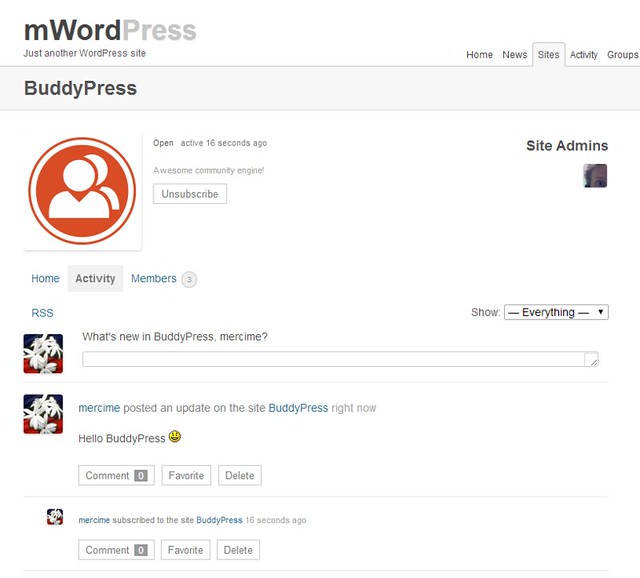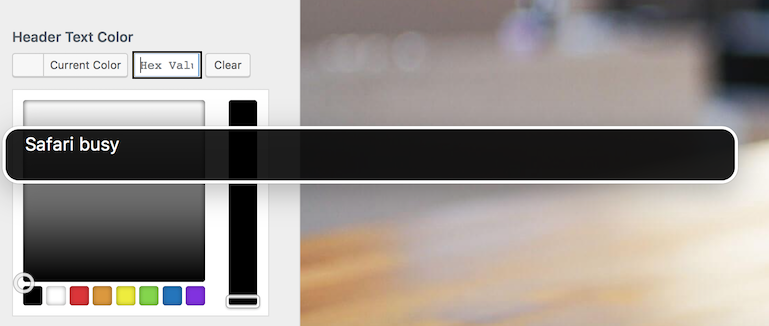
The Billboard Hot 100 is still the standard by which a song's popularity is measured in the United States. The Hot 100 quickly became the industry standard and Billboard discontinued the Best Sellers In Stores chart on October 13, 1958. On August 4, 1958, Billboard premiered one main all-genre singles chart: the Hot 100. The week ending July 28, 1958, was the final publication of the Most Played by Jockeys and Top 100 charts, both of which had Perez Prado's instrumental version of " Patricia" ascending to the top.

On June 17, 1957, Billboard discontinued the Most Played in Jukeboxes chart, as the popularity of jukeboxes waned and radio stations incorporated more and more rock-oriented music into their playlists. The Best Sellers in Stores, Most Played by Jockeys and Most Played in Jukeboxes charts continued to be published concurrently with the new Top 100 chart. The Top 100 combined all aspects of a single's performance (sales, airplay and jukebox activity), based on a point system that typically gave sales (purchases) more weight than radio airplay.

On the week ending November 12, 1955, Billboard published The Top 100 for the first time. This was one of the main outlets of measuring song popularity with the younger generation of music listeners, as many radio stations resisted adding rock and roll music to their playlists for many years.Īlthough officially all three charts had equal "weight" in terms of their importance, Billboard retrospectively considers the Best Sellers in Stores chart when referencing a song's performance before the creation of the Hot 100. Most Played in Jukeboxes ranked the most played songs in jukeboxes across the United States (20 positions).It ranked the most played songs on United States radio stations, as reported by radio DJs and radio stations (20 to 25 positions). Most Played by Jockeys was Billboard 's original airplay chart.This chart ranked the biggest selling singles in retail stores, as reported by merchants surveyed throughout the country (20 to 50 positions). Best Sellers in Stores was the first Billboard chart, established in 1940.At the start of the rock era in 1955, there were three charts that measured songs by individual metrics: This chart ranked the most popular songs regardless of performer based on record and sheet sales, disk jockey, and jukebox performances as determined by Billboard 's weekly nationwide survey. īefore 1955, Billboard 's lead popularity chart was the Honor Roll of Hits, established in 1945. The chart's current number-one song is " Wait for U" by Future featuring Drake and Tems. As of the issue for the week ending on May 14, 2022, the Billboard Hot 100 has had 1,137 different number one entries.

The first number one song of the Billboard Hot 100 was " Poor Little Fool" by Ricky Nelson, on August 4, 1958. A new chart is compiled and officially released to the public by Billboard on Tuesdays but post-dated to the following Saturday. Radio airplay, which, unlike sales figures and streaming, is readily available on a real-time basis, is also tracked on a Friday to Thursday cycle effective with the chart dated July 17, 2021, (previously Monday to Sunday and before July 2015, Wednesday to Tuesday ). This tracking period also applies to compiling online streaming data. The weekly tracking period for sales was initially Monday to Sunday when Nielsen started tracking sales in 1991, but was changed to Friday to Thursday in July 2015. Chart rankings are based on sales (physical and digital), radio play, and online streaming in the United States. The Billboard Hot 100 is the music industry standard record chart in the United States for songs, published weekly by Billboard magazine.


 0 kommentar(er)
0 kommentar(er)
